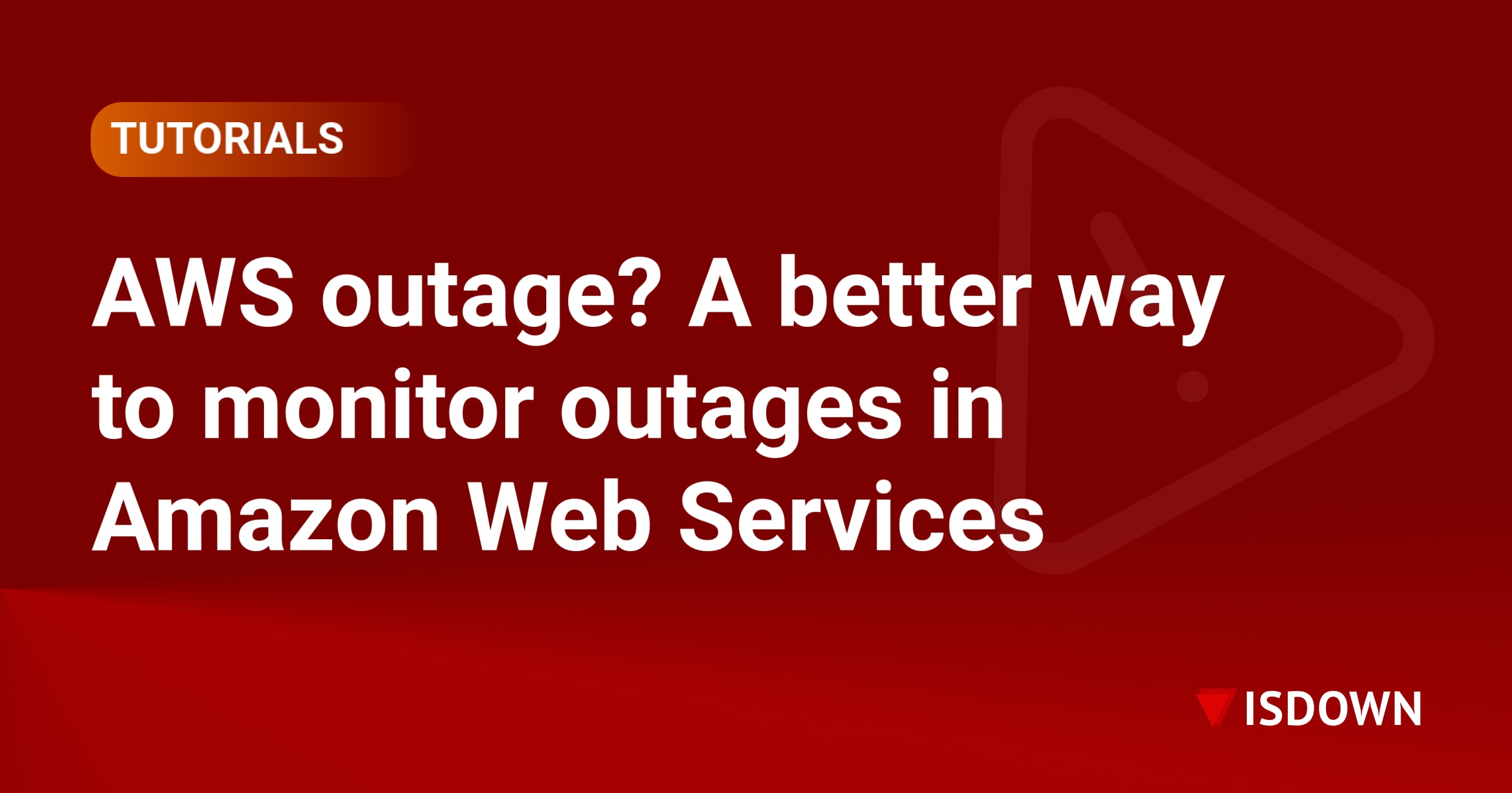Salesforce Outage Disrupts Services Globally: Updates and Timeline

Today, November 15, 2024, Salesforce customers worldwide faced significant disruptions due to a service outage that began early in the morning (UTC). The outage affected multiple Salesforce instances and a range of other production and sandbox environments. This incident has left many businesses unable to access critical services, causing widespread frustration and operational delays.
Here’s a detailed breakdown of the situation, what’s being done, and where you can find the latest updates.
Timeline of the Outage
05:55 UTC
Salesforce detected unusual behavior in database connections, leading to widespread service disruptions. The initial investigation pointed to increased network traffic and database instability as potential culprits.06:30 UTC
Technical teams began evaluating database connections, suspecting a recent system change might be contributing to the problem. Load balancers and network traffic sources were also under scrutiny.08:15 UTC
Salesforce implemented traffic control measures and began restoring databases from the most recent stable backups. Efforts to mitigate the impact were underway, though there were no immediate signs of improvement for end users.08:53 UTC
The disruption was officially escalated to a major incident affecting specific instances. Teams shifted focus to rolling back recent system changes in test environments to validate whether these could stabilize database connections.09:30 UTC
Rollbacks on sandbox instances showed promising results, prompting Salesforce to expand these changes to production environments.
What’s Affected
Customers across various regions have reported the following issues:
- Inability to log in to Salesforce.
- Errors like "Bad Request 400," "Upstream Error," or "Unable to Process Request."
- General instability across production and sandbox environments.
Instances spanning North America, Asia, and beyond have been affected.
What Salesforce Is Doing
Salesforce has been actively addressing the issue with the following steps:
- Traffic Management: Implementing rate limits to control excessive database connections.
- Database Restorations: Rolling back to stable backups to ensure data integrity.
- System Rollbacks: Testing and deploying rollbacks of recent changes to stabilize services.
Their teams are monitoring the impact of these measures and continuing to explore other avenues to fully resolve the issue.
How This Affects Businesses
For many organizations relying on Salesforce for critical operations, this outage has caused major disruptions. Businesses report being unable to access customer data, complete sales processes, or manage essential workflows. Salesforce’s role as a backbone for many CRM and operational systems makes incidents like these particularly challenging.
Where to Get Updates
- Salesforce Trust Status Page
Official updates are being provided every 30 minutes (or sooner) through Salesforce’s Trust page. - IsDown - Status Page Aggregator
Aggregated updates and user-reported issues can also be tracked via IsDown’s Salesforce status page.
What You Should Do
While Salesforce continues working on a resolution, here are steps your organization can take:
- Communicate with Stakeholders: Notify internal teams and external clients about potential delays due to the outage.
- Document Errors: Keep a record of error messages to assist Salesforce support once services are restored.
- Monitor Updates: Stay informed through the Salesforce Trust page and IsDown for real-time updates.
Final Thoughts
This outage serves as a stark reminder of the critical need for contingency plans when relying on cloud-based services. While Salesforce’s response teams are working tirelessly, businesses should consider temporary alternatives to manage essential functions until the service is fully restored.
Stay tuned for more updates as this situation unfolds. For the latest official updates, visit Salesforce Trust or IsDown.
 Nuno Tomas
Founder of IsDown
Nuno Tomas
Founder of IsDown
The Status Page Aggregator with Early Outage Detection
Unified vendor dashboard
Early Outage Detection
Stop the Support Flood
Related articles
Never again lose time looking in the wrong place
14-day free trial · No credit card required · No code required




